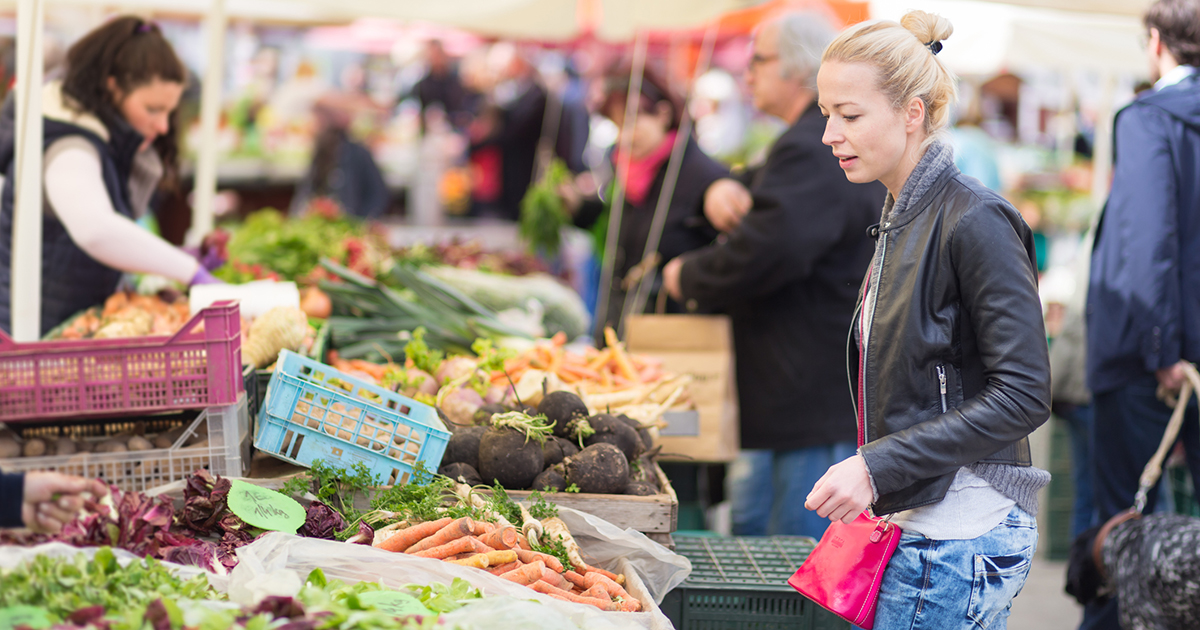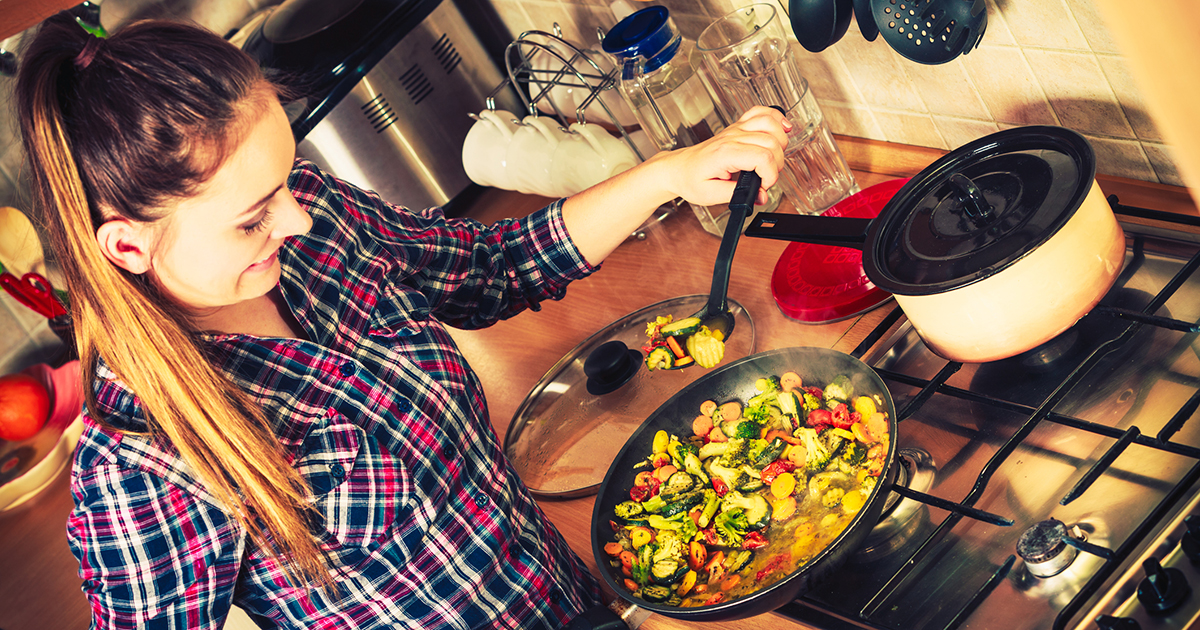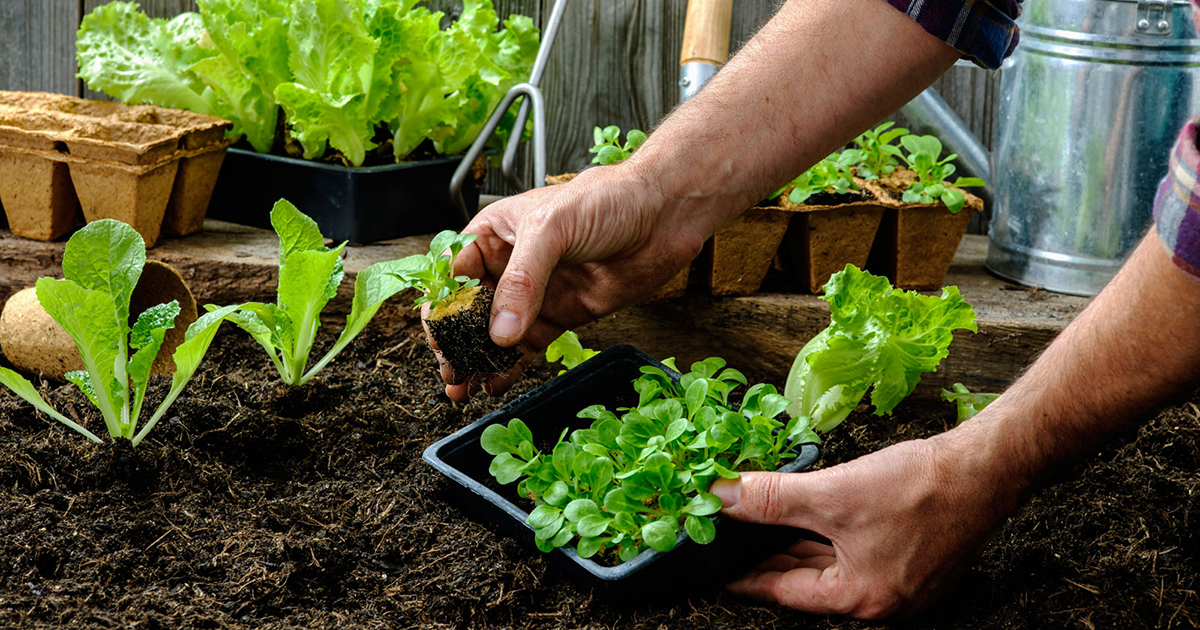Eating Organic On A Budget
Foods classified as being one-hundred percent organic means they contain none of the allowable synthetic ingredients and can use the United States Department of Agriculture’s (USDA) organic seal. Organic foods must contain a minimum of ninety-five percent organic ingredients to use the USDA organic seal. Organic foods are grown, harvested, and processed according to national organic standards limiting the number of antibiotics, hormones, and pesticides.
The Environmental Protection Agency (EPA) says organic foods cannot be treated with synthetic pesticides, bioengineering, or ionizing radiation. However, they can be treated with natural pesticides.
Why Eat Organic?

There are many reasons as to why individuals should add organic foods to an already healthy diet. For starters, organic foods can only be treated with natural pesticides, whereas non-organic foods may contain one or more of the six hundred chemicals registered for agricultural use in the United States. It has been reported Americans who do not eat organic consume approximately sixteen pounds of chemicals each year.
Those who decide to switch to organic foods benefit from more nutrients and avoid genetically engineered (GE) food, genetically modified organisms (GMO), hormones, antibiotics, and drugs. They also help reduce pollution, protect water and soil, and support agricultural diversity.
Now that you know why eating organic food is beneficial, continue reading to learn how to plan and organize your grocery list and meals in advance.
Plan And Organize In Advance

Organic food is more expensive than the non-organic options, and it does often spoil faster, which is why it is important to plan meals and spending. One of the first steps to organizing a grocery list is to create a weekly or monthly budget that will help to prioritize spending and discover spending habits. When the budget is complete, plan some wholesome meals that will be cheap on the bank account. After planning and organizing, learn what expensive organic foods can be made from home, like oatmeal cookies or granola bars.
Keep planning and read further to discover how else you can cut the cost of organic foods.
Take Advantage Of Sales

Always buy canned or packaged organic foods when they are on sale, as they generally have a long shelf life, and can save quite a few dollars in the long run. Also, take advantage of any ‘buy one get one free’ sales or sales that will save you money when you purchase more than one item.
Frequently check websites of some favorite organic brands to find out whether they have coupons or special promotions and join their social media pages for deals and contests. Also, remember to check the weekly flyer at the local supermarket and to look for coupons there as well.
Keep reading to learn why you should buy local foods.
Purchase Local Products

Local food can often be cheaper than shipped food due to supply and demand, shipping costs, and tariffs. Look for local farmers markets and get to know the farmers to attempt bartering and negotiating prices, and ask them about their agricultural practices. Some farmers do not use synthetic pesticides but do not go through the trouble of seeking USDA organic certifications to keep their prices and costs lower. Stay at the farmers market until the very end, as farmers will often cut prices at the end of the day so the food is not brought back to the farm or spoiled.
Another way of purchasing local organic products is to buy a share in community agriculture programs or community gardens. With this in mind, keep reading to discover how not to allow food to go to waste.
Don’t Let Food Go To Waste

There are many ways to make organic foods not spoil as quickly. One of the most common ways is to freeze food. However, it is not the only way to help organic food last longer. Line the crisper drawers within the refrigerator with paper towels to absorb excess moisture. Also, place celery, and leafy green vegetables in a bowl or jar of water to keep them fresh and crispy.
When foods are approaching their last days, make stir-frys with rice or noodles so the vegetables do not go to waste, and if any foods are already beginning to spoil, throw them in compost and use it within the garden.
Now that you know many ways to save food from spoiling so soon, continue reading to learn why you should grow your food from home.
Growing Food From Home

One dollar worth of seeds can save up to seventy-five dollars in grocery bills. When beginning gardening, remember to purchase organic non-GMO seeds, as they will provide fruits and vegetables that will contain seeds individuals can plant, whereas GMO seeds will only provide one harvest worth of food.
Learn which foods grow during what seasons of the year and purchase only imported organic foods, and also plant an herb pot in the kitchen so there are fresh herbs always readily available. Another way to cut some costs is to get a few chickens to produce your own organic free-range chicken eggs.
